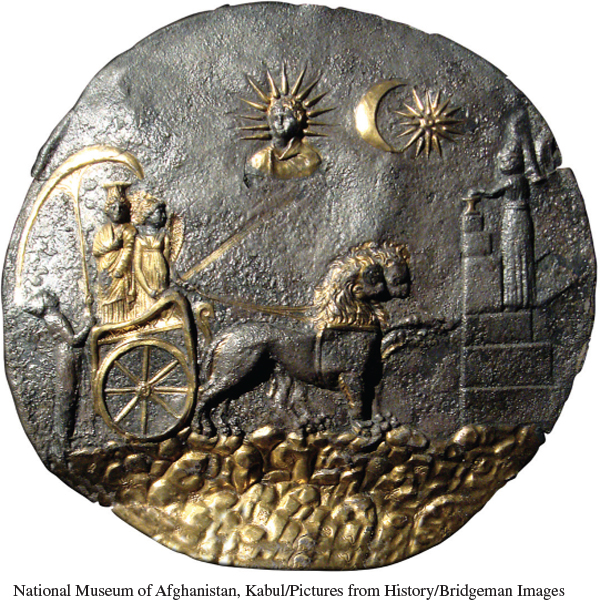A History of Western Society: Printed Page 98
A History of Western Society, Value Edition: Printed Page 92
A History of Western Society, Concise Edition: Printed Page 99
Urban Life
In many respects the Hellenistic city resembled a modern city. It was a cultural center with theaters, temples, and libraries. It was a seat of learning, a home of poets, writers, teachers, and artists. City dwellers could find amusement through plays, musical performances, animal fights, and gambling. The Hellenistic city was also an economic center that provided a ready market for grain and produce raised in the surrounding countryside. In short, the Hellenistic city offered cultural and economic opportunities for rich and poor alike.
To the Greeks, civilized life was unthinkable outside of a city, and Hellenistic kings often gave cities all the external trappings of a polis. Each had an assembly of citizens, a council to prepare legislation, and a board of magistrates to conduct political business. Yet, however similar to the Greek polis it appeared, such a city could not engage in diplomatic dealings, make treaties, pursue its own foreign policy, or wage its own wars. The city was required to follow royal orders, and the king often placed his own officials in it to see that his decrees were followed.
A Hellenistic city differed from a Greek polis in other ways as well. The Greek polis had one body of law and one set of customs. In the Hellenistic city Greeks represented an elite class. Natives and non-
The city of Pergamum in northwestern Anatolia is a good example of an older city that underwent changes in the Hellenistic period. Previously an important strategic site, Pergamum was transformed by its new Greek rulers into a magnificent city complete with all the typical buildings of the polis, including gymnasia, baths, and one of the finest libraries in the entire Hellenistic world. The new rulers erected temples to the traditional Greek deities, but they also built imposing temples to other gods. There was a Jewish population in the city, who may have established a synagogue. Especially in the agora, Greeks and indigenous people met to conduct business and exchange goods and ideas. Greeks felt as though they were at home, and the evolving culture mixed Greek and local elements.
The Bactrian city of Ay Khanoum on the Oxus River, on the border of modern Afghanistan, is a good example of a brand-
In childhood, learn good manners
In youth, control your passions
In middle age, practice justice
In old age, be of good counsel
In death, have no regrets.1
Along with this very public display of Greek ideals, the city also had temples to local deities and artwork that blended Greek and local styles (for an example, see the Metal Plate from Ay Khanoum).
